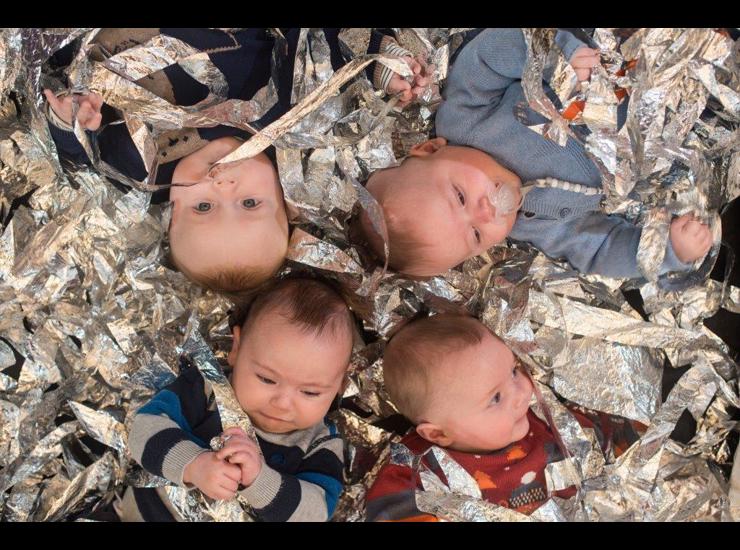
Last week, I attended the final seminar in the Born Talking series. These events have been funded by the ESRC to bring together researchers, practitioners and policy-makers interested in using birth cohorts to learn more about children’s language development. Birth cohorts typically contain data from thousands of children born in the same year. Parents sign up when their children are very young, or even before they’re born, and researchers follow the children’s development over many years – right into adulthood (if they can get the funding, of course!). Cohort studies might include children from a whole country or a more restricted geographical area, such as the Born in Bradford cohort study or ALSPAC, which is based in and around Bristol.
While most cohort studies include some language measures, this is usually just a small aspect of what’s being studied. One exception to this is ELVS, the Early Language in Victoria Study, based in Victoria in Australia. Elaina Kefalianos came all the way from Melbourne (after what sounded like a horrible 4-day journey to get to London!) to talk to us about the ELVS Stuttering Study, which looks at a subset of the children in the ELVS cohort. Preliminary data from the latest time point, at 11 years of age, suggest that, in comparison with children who’ve never stuttered or those who used to stutter but have since stopped doing so, persistent stutterers are more likely to suffer from emotional difficulties. On the other hand, children with a persistent stutter did have significantly better communication skills than children in the other groups, and found their school work more meaningful. As someone with very little previous knowledge of stuttering, Elaina’s talk was a great introduction to the issues faced by children with a persistent stutter, as well as the support that schools in particular might be able to give these children to overcome these difficulties.
The second talk of the day was given by Mark Mon-Williams and Ekaterini Klepousniotou from the Born in Bradford (BiB) study. As well as learning a lot about Bradford itself (I had no idea it was the 5th biggest city in the England), I was keen to learn about the cognitive and language measures used by the researchers, particularly in relation to the outcome measures we’ll be using in the Language 0-5 Project. For example, BiB found that children’s performance on a series of motor tasks using a touchscreen computer (which I’m sure children love doing!) predicts their SAT scores in reading, writing and maths. Also, because of the thousands of children that need to be tested over a relatively short period of time, the BiB team has needed to develop a battery of tests, covering various different aspects of development, that can be completed within half an hour. That’s quite different to the 2-hour visits the Language 0-5 children are used to!
Finally, we heard from Sabine Weinert from the German National Education Panel Study (NEPS), who discussed the infant cohort part of this study (3,500 children out of a total of 60,000 in this multi-cohort study). The study addresses questions such as which early competencies are most predictive of future educational attainment, and what the impact of different childcare and learning environments are for the children in the study. This study, as with all of the cohort studies I’ve heard about through Born Talking, is generating huge amounts of fascinating data. What’s unique about NEPS, though, is that the investigators themselves aren’t allowed to do anything with the data until it’s released on their website. That means all researchers can access the (anonymised) data straight away and use it for their own research. Although I’m sure this poses some challenges for the investigators collecting the data, it’s setting the bar pretty high in terms of having truly open-access data.
Overall, I had a great day at this Born Talking event, and have learnt a lot through participating in the series. If only I had more time, and more knowledge of appropriate statistical analyses, I’d love to be able to explore the use of cohort data for my own research. For now, though, I hope I’ll be able to use some of what I’ve learnt from these large cohort studies with our own mini-cohort in the Language 0-5 Project.

